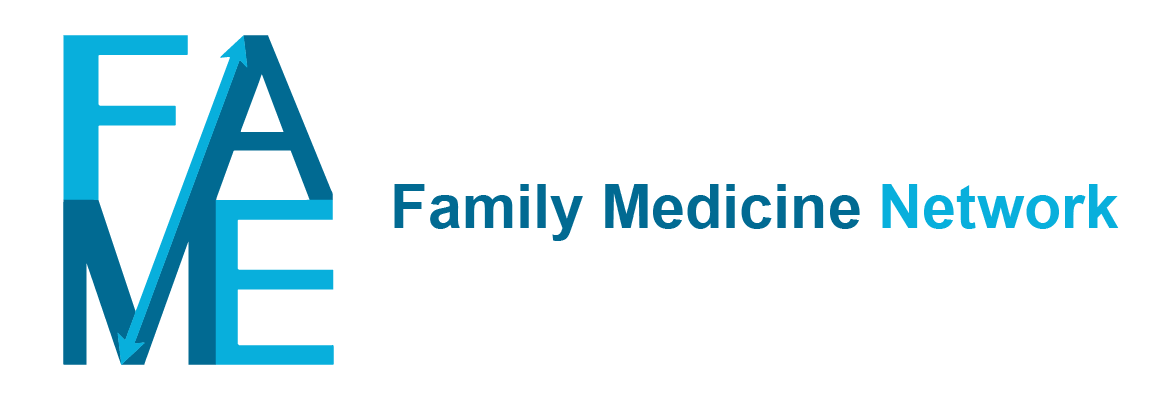‘Depression’ is often used to refer to a ‘depressive disorder’ but the term may also refer to ‘depressive symptoms’. ‘Depressive disorder’ comprises a constellation of symptoms and signs. The DSM-5 outlines criteria to diagnose a depressive disorder, which should include either depressed mood or loss of interest or pleasure in (almost) all activities, or both of these ‘core symptoms’, lasting at least two weeks. Other symptoms may include: fatigue or loss of energy; weight loss or gain, or a change in appetite; a slowing down of thinking and a reduction of physical movement; (inappropriate) feelings of worthlessness or guilt; indecisiveness or impaired thinking and concentration or recurrent thoughts of death or (plans for) suicide. Daily functioning is impeded in patients with a depressive disorder.
‘Depressive symptoms’ or ‘depressed feelings’ merely describe a mood state without specifying the duration or co-occurrence of other symptoms. Depressed feelings can be described as feelings of sadness, emptiness, discouragement or hopelessness and may be a normal reaction to circumstances. They can also occur as part of a specific psychopathological disorder other than depression (e.g. anxiety disorder, psychosis). Depressive disorder often includes physical symptoms and can occur without a specific trigger, although (recent) stressful events appear to be a risk factor.
When patients seek help from their GP with depressive symptoms as their main problem but criteria for a ‘depressive disorder’ are not met, the problem will be classified as ‘depressed feelings’. A ‘depressive disorder’ will be classified when the criteria are met and cannot be (more appropriately) attributed to another disorder, such as substance abuse.
Risk factors in developing a depressive disorder can be divided into three categories. First, internalising (emotional) factors, such as neuroticism or low self-esteem form a risk factor. A previous depressive disorder or early-onset anxiety disorder also increases the risk for a new ‘depression’. Secondly, externalising (behavioural) factors are a risk factor, such as substance abuse and / or a behavioural disorder. Genetics seem to play a role in these two categories. The third category consists of adverse factors, such as trauma during childhood or adulthood, stressful life-events, parental loss, low parental warmth, divorce or marital problems, low social support and low education.
Treatment includes patient education and advice on how to structure the day and on activity planning. Psychological treatment can be helpful if depressive symptoms are persistent, or if a depressive disorder is present. In a (serious) depressive disorder, psychotherapy (more intensive talk therapy aimed at more severe depression, carried out by specialised psychotherapists) and / or medication with antidepressants may be indicated. Sometimes, referral is needed. Patient participation is essential and it is recommended to discuss the treatment options with the patient. Finally, a good doctor-patient relationship can, in itself, be supportive.
In ICPC-2, depression (‘depressive disorder’) is coded P76. The symptom diagnosis of ‘depressed feelings’ is coded P03.
The incidence of depressive disorder (P76) is 6.2 per 1000 patient years, meaning that in a practice with 1000 patients, the diagnosis ‘new depressive disorder’ is made six times in a year. New diagnoses are made more often in women than in men and the incidence is highest between 15 and 44 years of age. Link/Figure 1
The incidence of depressed mood (P03) increases over time (2014-2021). The mean incidence is 7.3 per 1000 patient years. Link/Figure 2 Over the years GPs have tended to diagnose ‘depressed mood’ more often than a ‘depressive disorder’.
Depressive disorder (P76) has a prevalence of 32.5 per 1000 patient years, meaning that among 1000 patients in a year, 33 individual patients seek help from their GP for depressive disorder. The prevalence of depressive disorder increases with age until 65, then remains quite stable. Link/Figure 3
It is the twelfth most common condition for which patients have contact with their GP during a year. Link/Table 4
The higher prevalence compared to incidence indicates that a depressive disorder often requires ongoing attention from the GP in the years after the initial diagnosis.
The most common initial reason for encounter (RFE) for depressive disorder is feeling depressed (P03). However, depressive disorder (P76), a request for a prescription (*50) or a referral (*66), as well as feeling anxious (P01) are other frequently presented RFEs. Link/Table 5
In 65% of episodes of depressive disorder (P76) medication is prescribed (Link/Table 6), whereas in only 25% of episodes of depressed feelings (P03) is edication prescribed. Link/Table 7 The percentage of prescriptions for depressive disorder (P76) is lower in patients of 25-44 years (57%) than in patients of older age (75%). Link/Table 8, Link/Table 9
GPs most commonly prescribe SSRIs (N06AB) to patients with depressive disorder (in 38% of episodes, Link/Table 10). Prescription of SSRIs occurs only 13% in episodes of depressive symptoms (P03). Link/Table 11
Other commonly prescribed medication types for depressive disorder (P76) are other antidepressants (N06AX, in 14%, e.g. mirtazapine, venlafaxine), various types of benzodiazepines and tricyclic antidepressants (N06AA, in 6%).
With regard to referrals, in 14% of episodes of depressive disorder (P76) patients are referred to a psychologist (Link/Table 12), whereas in 9% of episodes of depressive disorder patients are referred to a psychiatrist. Link/Table 13
Dutch guideline: https://richtlijnen.nhg.org/standaarden/depressie#volledige-tekst (2022)
Diagnostic criteria DSM-5: www.psycom.net/depression/major-depressive-disorder/dsm5-depression-criteria (2022)
